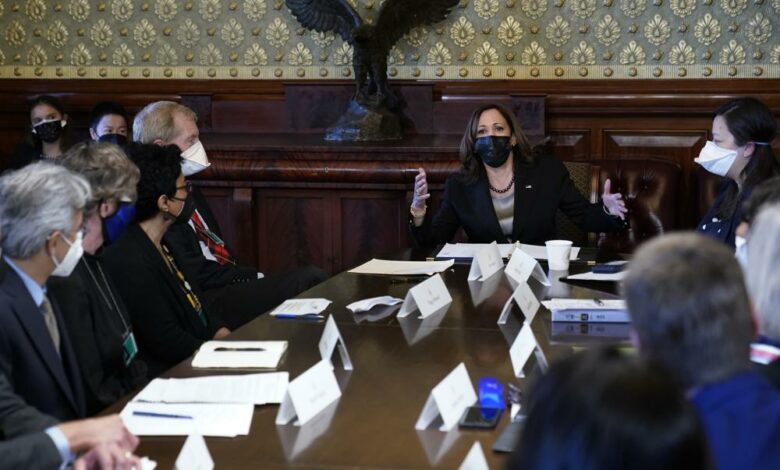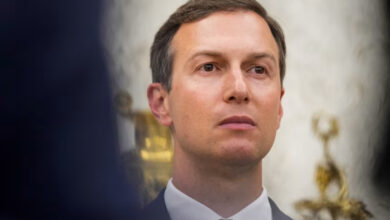
WASHINGTON (AP) — The White House is zeroing in on a package of clean energy strategies for President Joe Biden’s big domestic policy bill that officials believe could reach similar greenhouse gas emission reduction goals as an initial proposal that was quashed by opposition.
The Biden administration discussed the proposals Monday at the White House with the leaders of about a dozen environmental and justice groups, according to a senior administration official who requested anonymity to share the plans. A new approach was needed after coal-state Sen. Joe Manchin, D-W.Va., rejected the White House’s earlier clean energy plan.
The emerging proposals would expand grants and loans in the agriculture and industrial sectors to help them shift to clean energy providers with fewer greenhouse gas emissions that contribute to global warming, the official said. There would also be new, refundable home improvement tax credits for tapping solar, wind and other renewable energy sources. The official said momentum was building as the group coalesced around the new ideas.
The new strategies come as the president and Democrats in Congress are struggling to wrap up talks on Biden’s now-scaled-back package of at least $1.75 trillion in social services and climate change investments before he departs later this week for two global summits overseas.
Vice President Kamala Harris visited the afternoon meeting with the leaders of some of the nation’s leading environmental and justice organizations and reiterated the president’s commitment to the goals of the package — even as she acknowledged the sometimes grueling process to achieve consensus in the party.
“The president and I and our administration are unwavering in our commitment to these issues. Absolutely unwavering,” she said. “But you know, there’s an old saying, you don’t want to watch sausage be made and you don’t want to watch a bill being made.”
A cornerstone of Biden’s climate change strategy had been a clean energy plan that would have rewarded power providers that use clean sources and penalized those that don’t.
But that approach had to be scrapped when Manchin objected. With Republicans fully opposed to Biden’s big package, the president needs the support of all Democrats in the 50-50 split Senate, with no votes to spare.
The senior administration official said the administration was not wedded to one clean-energy strategy as a “silver bullet.”
Instead, the administration is coalescing around the new package of strategies that the official said could potentially reach the same emission reduction goals without adding new costs to the overall proposed budget.
It’s unclear if the new proposals would be acceptable to Manchin. He has preferred an approach that does not favor one industry over the other as coal begins to be phased out for cleaner energy sources.
The new strategies appear to use more incentives to encourage clean energy use rather than penalties for failing to make the transition, which could help win over Manchin. But climate change advocates have argued that penalties are needed to get industries to more quickly turn to cleaner sources as the world races to confront the dire threats of climate change.
The grants and loans for the agricultural sector would help rural electric cooperatives transition to cleaner energy sources, which could be of interest to Manchin in his rural state.
Similarly, industrial steel, cement and aluminum plants could tap funds to beef up their use of greener sources, the official said. There would also be expanded home improvement tax credits.
Biden is heading later this week to global summits including the U.N. climate change conference in Scotland and he wants a deal in hand as he hopes to reposition the U.S. as a world leader on the issue.
Democrats have been coalescing around an overall plan in Biden’s package that offers tax credits and spending to boost renewable power such as wind and solar and sharply increase the number of electric vehicles. Advocates think the plan, plus executive branch action such as a pending EPA rule to curb methane emissions, and action by states, should be enough to meet or nearly meet Biden’s goal to cut greenhouse gas emissions in half by 2030, compared with 2005 levels.




